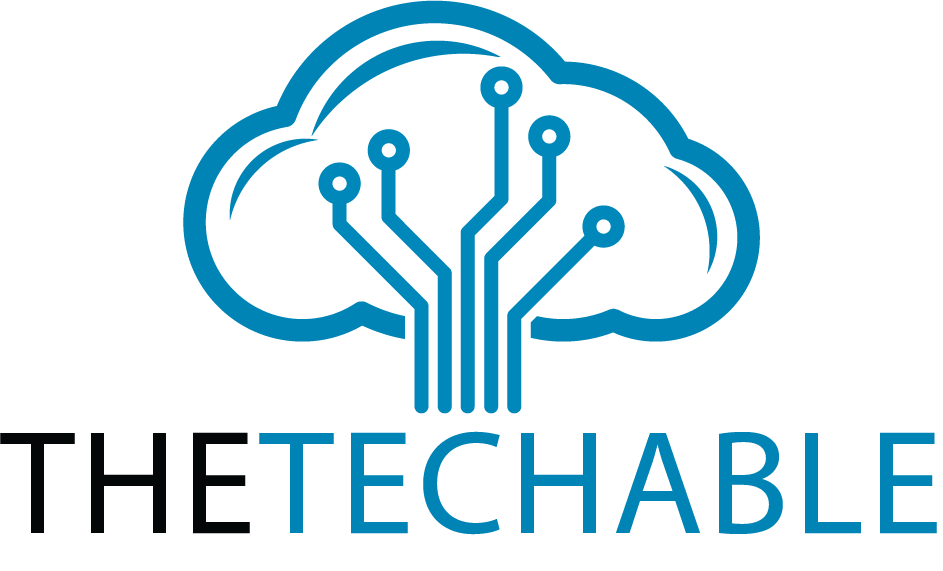Protecting Digital Assets: Building a Robust Information Security Program
In today’s increasingly interconnected world, where data is increasingly viewed as a valuable resource, the protection of sensitive information for organizations has become an absolute necessity. Information security is the cornerstone in safeguarding digital assets, as it ensures confidentiality, integrity, or availability. In this post, we’ll examine the importance, key components, and ways that organizations can develop and maintain an effective security posture.
Understanding the Information Security Program
Information security program is a set of policies, procedures, and control measures designed to protect the organization’s assets from unauthorized disclosure, access, alteration, destruction, etc. This program provides a framework for managing information security risks while maintaining confidentiality, integrity, or availability.
Information Security Programs: Key Components
- Risk Assessment: A comprehensive risk evaluation is the foundation for any information security plan. It involves identifying and measuring potential risks, vulnerabilities, and threats to an organization’s digital assets. By identifying and evaluating the potential threats and vulnerabilities that exist, an organization can better prioritize its security initiatives.
- Policies and Procedures: Clear policies and procedures clearly define the expectations of users, their responsibilities, and guidelines for protecting valuable information. It includes policies for data classification and access control. Organizations may promote a culture of security and guarantee consistency in security measures across the board by putting in place strong rules and procedures.
- Access Control: Efficient access control protocols restrict unauthorized persons’ access to sensitive information and guard against its unintentional exposure. This includes implementing robust identification mechanisms, role-based access control, and least privilege principles. By implementing strict controls on access, organizations can minimize insider threats and unauthorized access.
- Security Awareness Program: Training and awareness of employees are essential components of an information-security program. Instilling a security-conscious mind set in employees by educating them about best practices for security, common threats, and their role in protecting sensitive data helps to create a security-conscious culture. It includes regular security awareness training, phishing exercises, and the promotion of good security hygiene, including password management and safe web browsing.
- Incident Response and Management: Despite all efforts to avoid security incidents, organizations must be prepared in order to respond to a security breach effectively. An incident plan details the steps to take in the case of a security event, including detection, containment eradication recovery, and after-incident analysis. By establishing a practical incident response framework, companies can reduce the impact security incidents have on their operations and quickly get back to normal.
Building a Robust Information Security Program
Developing a robust informational security program requires an integrated approach that addresses each organization’s unique needs in terms of security, risk, and regulatory compliance. It starts with executive support and commitment, then collaboration across departments for the development and implementation of security policies and procedures.
Conclusion:
In an age of digitalization, protecting sensitive customer information and reputation is the top priority. An effective information-security program can be used to manage security risks and ensure compliance with regulations while maintaining confidentiality, security, and availability. By implementing components such as security awareness training (SALT), policies and procedures, access control, and security assessment, an organization can create and maintain a robust posture in terms of security that is able to adapt and minimize risks.

